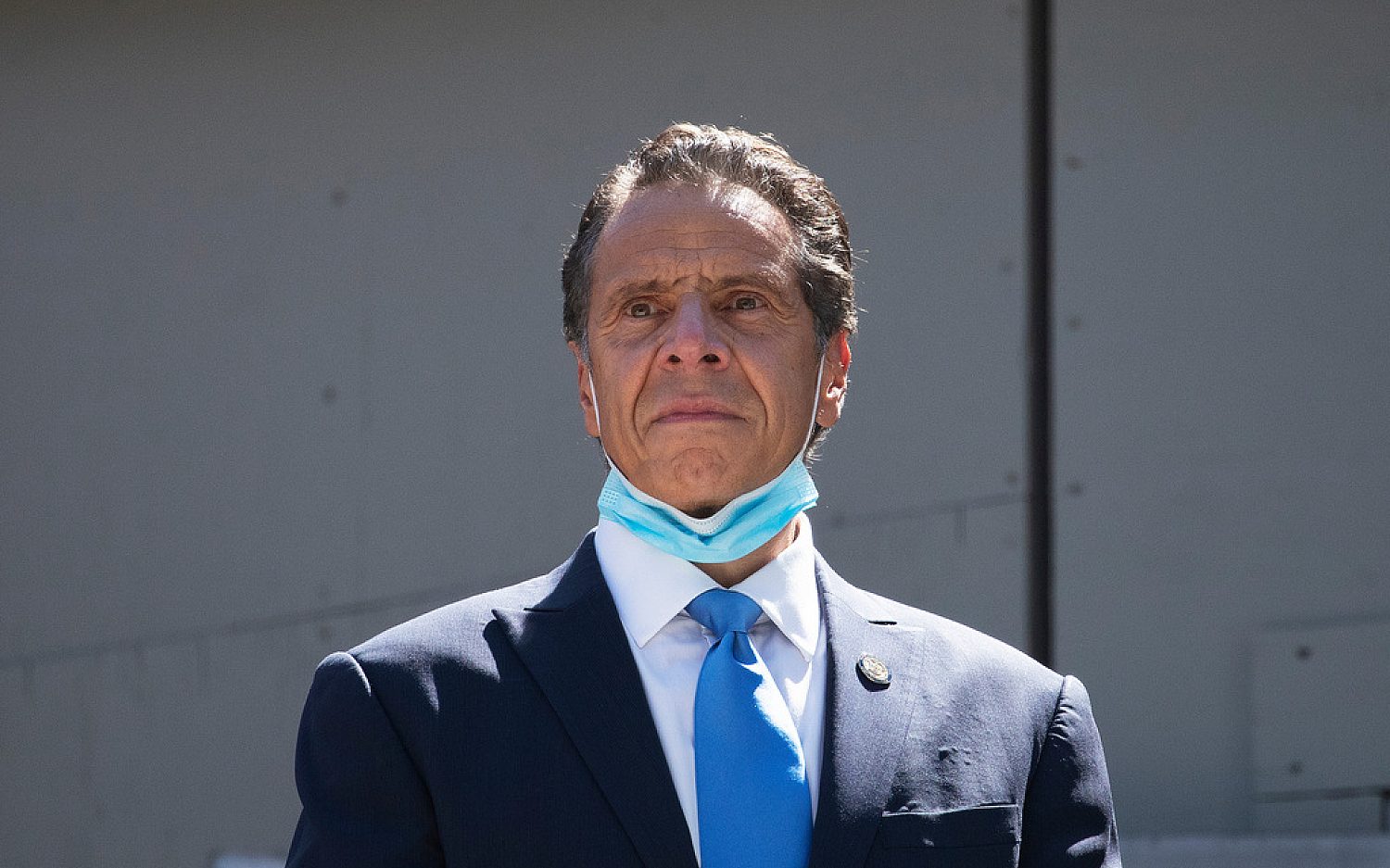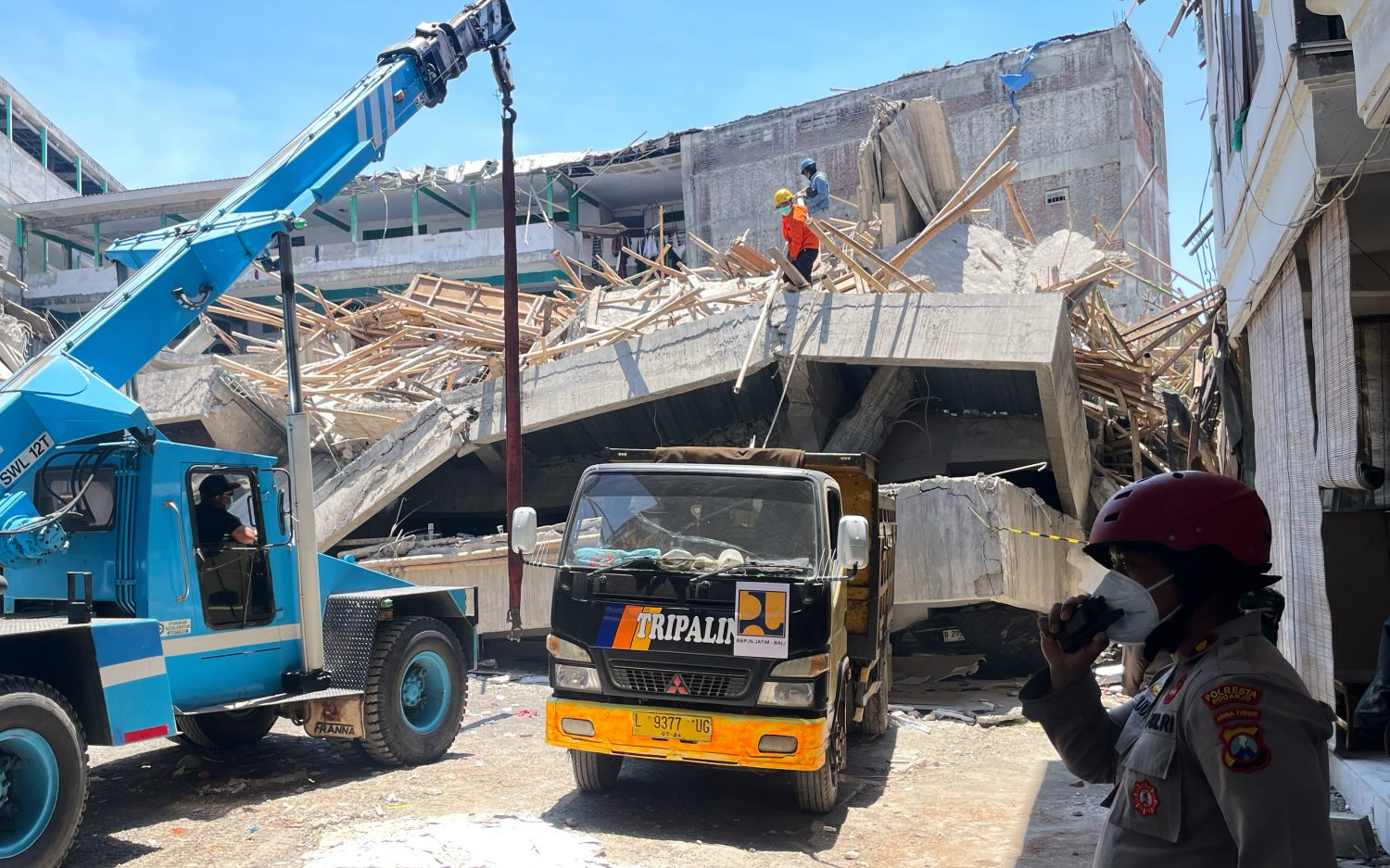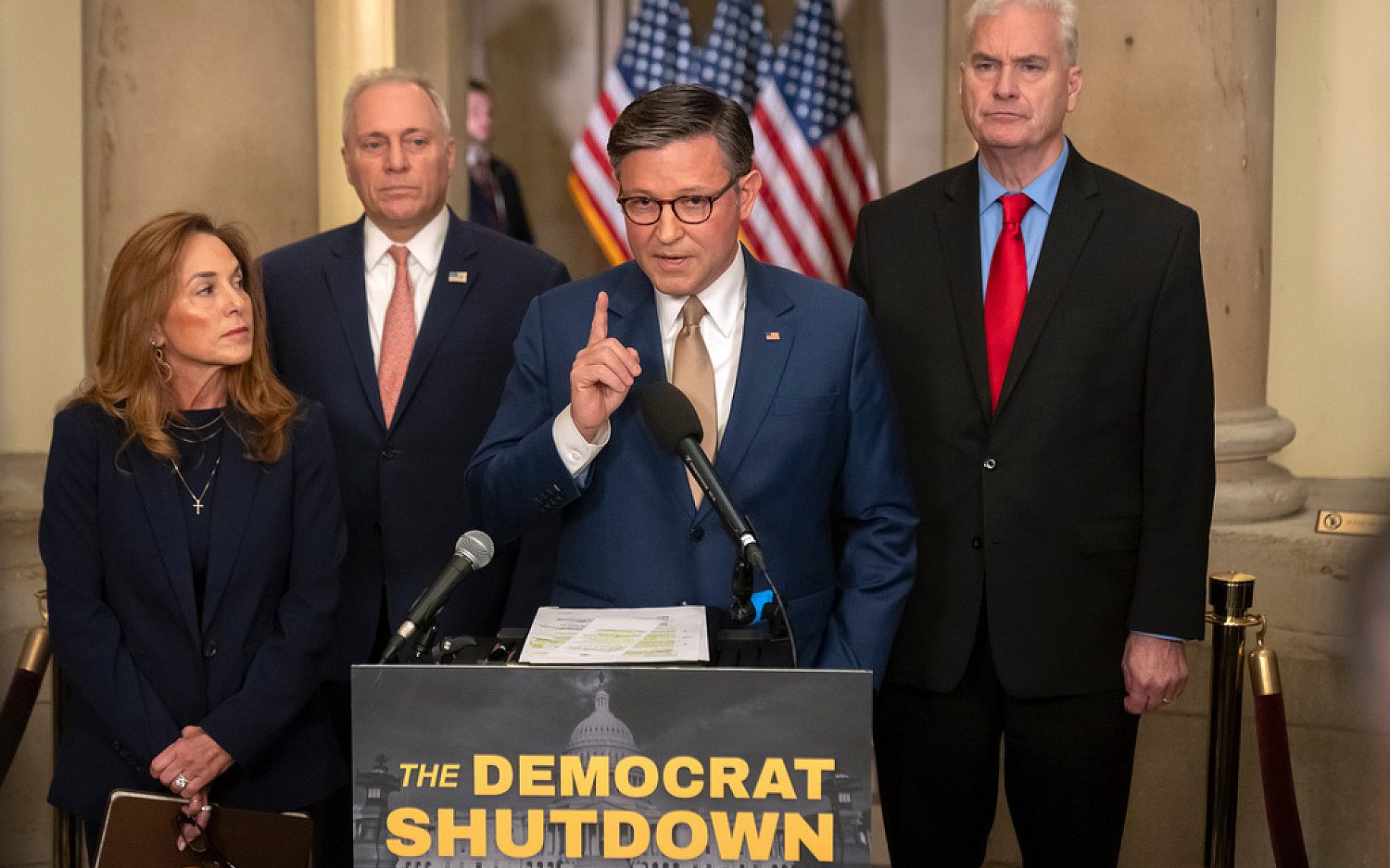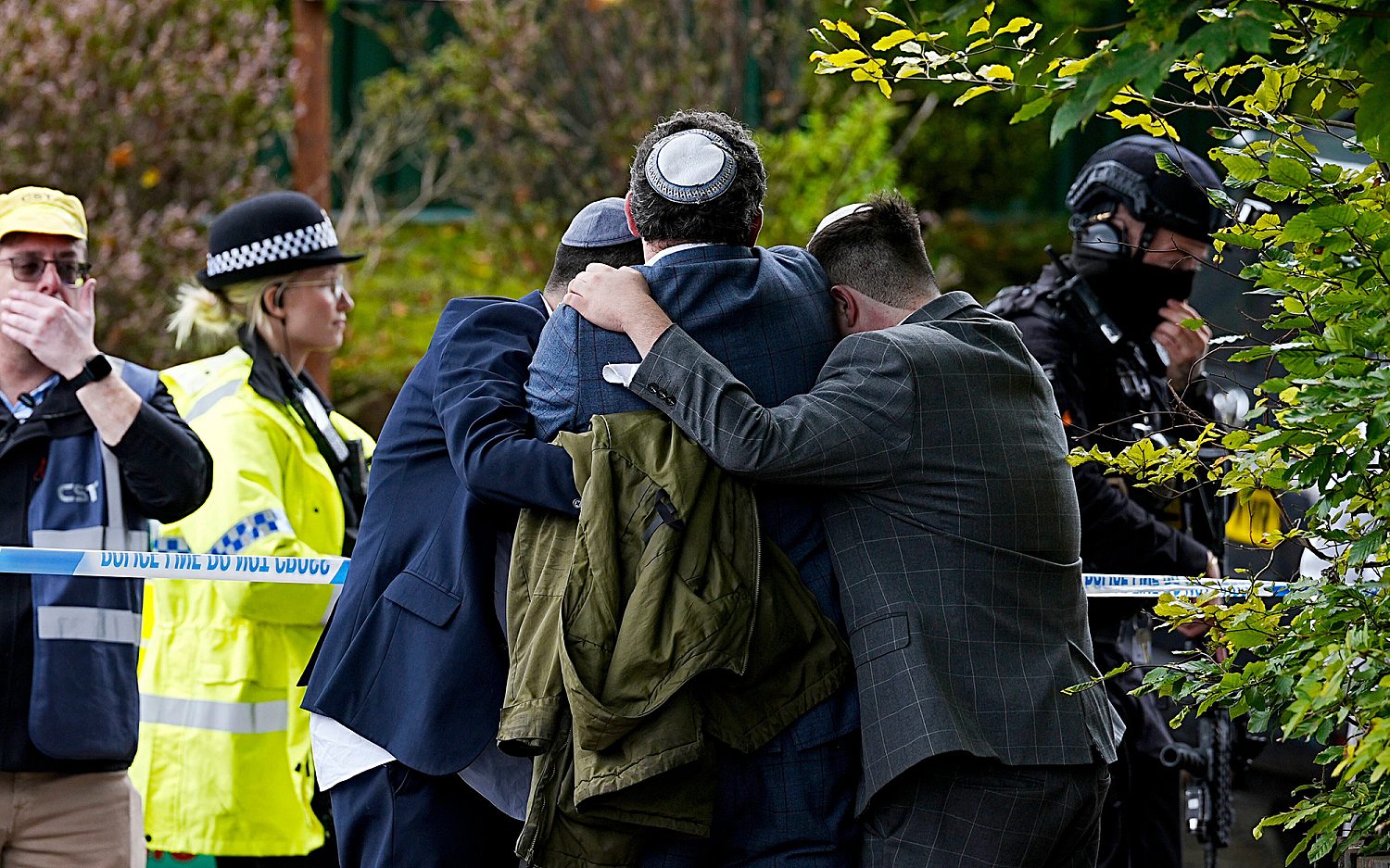Prince's death spotlights opioid overdose epidemic
With autopsy reports not expected for weeks, the official cause of pop star Prince’s death remains a mystery. But clues suggest an accidental painkiller overdose, unleashing concerns about the potential danger of prescription opioids and prompting a spate of criticism and proposals for tougher training for doctors dispensing the drugs.
One day before Prince’s death, his family arranged a meeting with a prestigious physician specializing in addiction and pain management, according to the pop star’s Minneapolis attorney, William Mauzy. But the two never met. On the morning of the appointment, Prince was found unresponsive in an elevator at his studio. He died soon after.
The singer reportedly led a “clean” lifestyle, but a close friend said Prince had taken opioids for a long time to combat joint pain from years of acrobatic stage performance, including jumping from risers and speakers while wearing heels.
“Something I want to make clear: Prince used [painkillers] because it’d make him a better performer,” attorney Michael Padden told The Guardian. “He wasn’t doing it just for kicks.” Padden added that the pop star’s half-siblings suspected Prince began using cocaine and Percocet decades ago for pain relief.
A recent NPR report highlighted a connection between Prince’s age demographic and an increased risk of opioid overdose, citing a study from the Centers for Disease Control and Prevention showing middle-aged men made up 50 percent of all painkiller-related deaths in 2013 and 2014. According to the report, the surge in vulnerability is due to a several factors, including increased tolerance, greater likelihood of accompanying chronic health problems, and the combination of opioids and anti-anxiety benzodiazepines.
“One opioid plus one [benzodiazepine] doesn’t equal the effect of two in the individual,” Boston Medical Center epidemiologist Traci Green told NPR reporters. “It’s like one plus one equals four, or six.”
Prince’s high-profile death is raising broader concerns about the rate of unintentional opioid abuse in the United States. Prescription opioid overdoses have been rising steadily for well over a decade, reaching nearly 19,000 in 2014, the highest number on record. When combined with heroin, which many users switch to after getting hooked on prescription painkillers, the total number of opioid overdoses for that year mounted to nearly 29,000.
Last week, an investigative report published by the Los Angeles Times exposed misleading marketing of the popular painkiller OxyContin, raising concerns about unintentional abuse of the drug. OxyContin is billed as a 12-hour opioid, but it often wears off much sooner, sometimes in as little as four to six hours. Medical experts say this fast burn-off time leads to increased dosage and withdrawal symptoms, and could ultimately result in addiction or accidental overdose. According to the report, U.S. physicians wrote 5.4 million prescriptions for OxyContin in 2014.
This week, a Food and Drug Administration (FDA) panel responded by voting for mandatory physician training on how to safely prescribe and manage the dosage of opioid painkillers.
“Bureaucracy has to be challenged,” said Dr. Martin Garcia-Bunuel. “We have a responsibility to do the right thing.”
But how to require some 1.5 million prescribers across the United States to take hours-long classes about responsible opioid prescribing remains unclear. Among other problems, FDA panelists said it is uncertain which deaths are caused by improperly prescribed painkillers, versus painkillers sold on the black market.
The Associated Press contributed to this report.
An actual newsletter worth subscribing to instead of just a collection of links. —Adam
Sign up to receive The Sift email newsletter each weekday morning for the latest headlines from WORLD’s breaking news team.




Please wait while we load the latest comments...
Comments
Please register, subscribe, or log in to comment on this article.